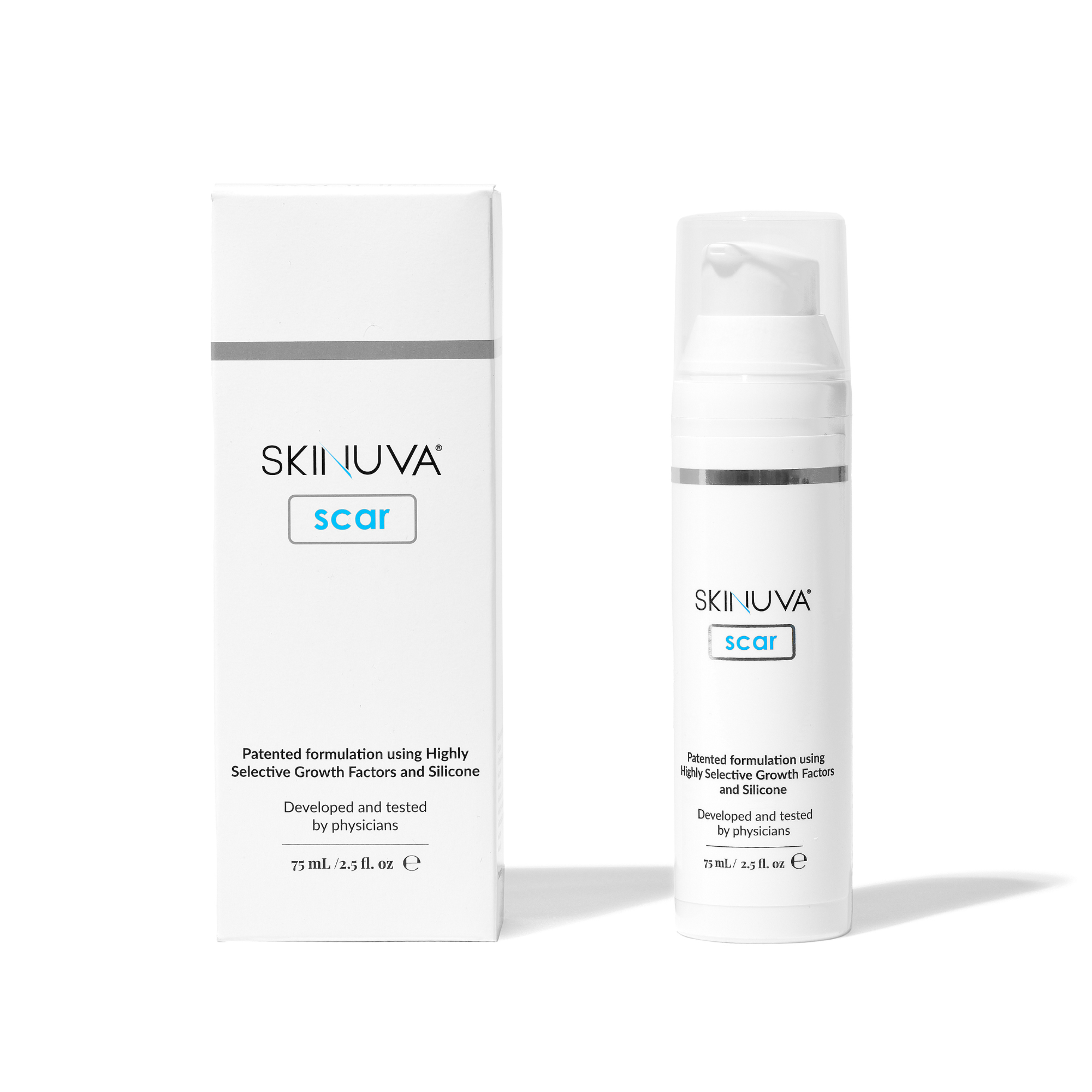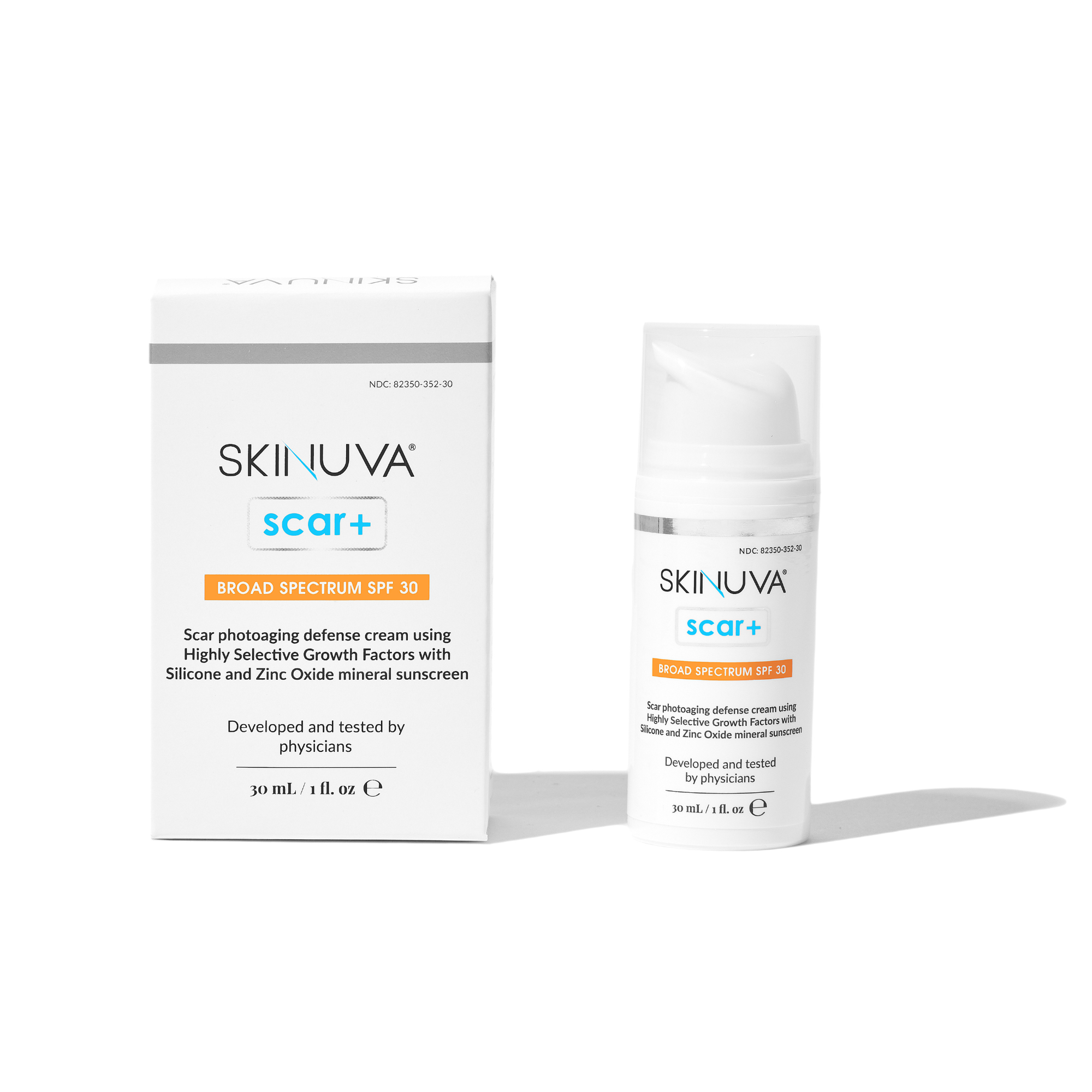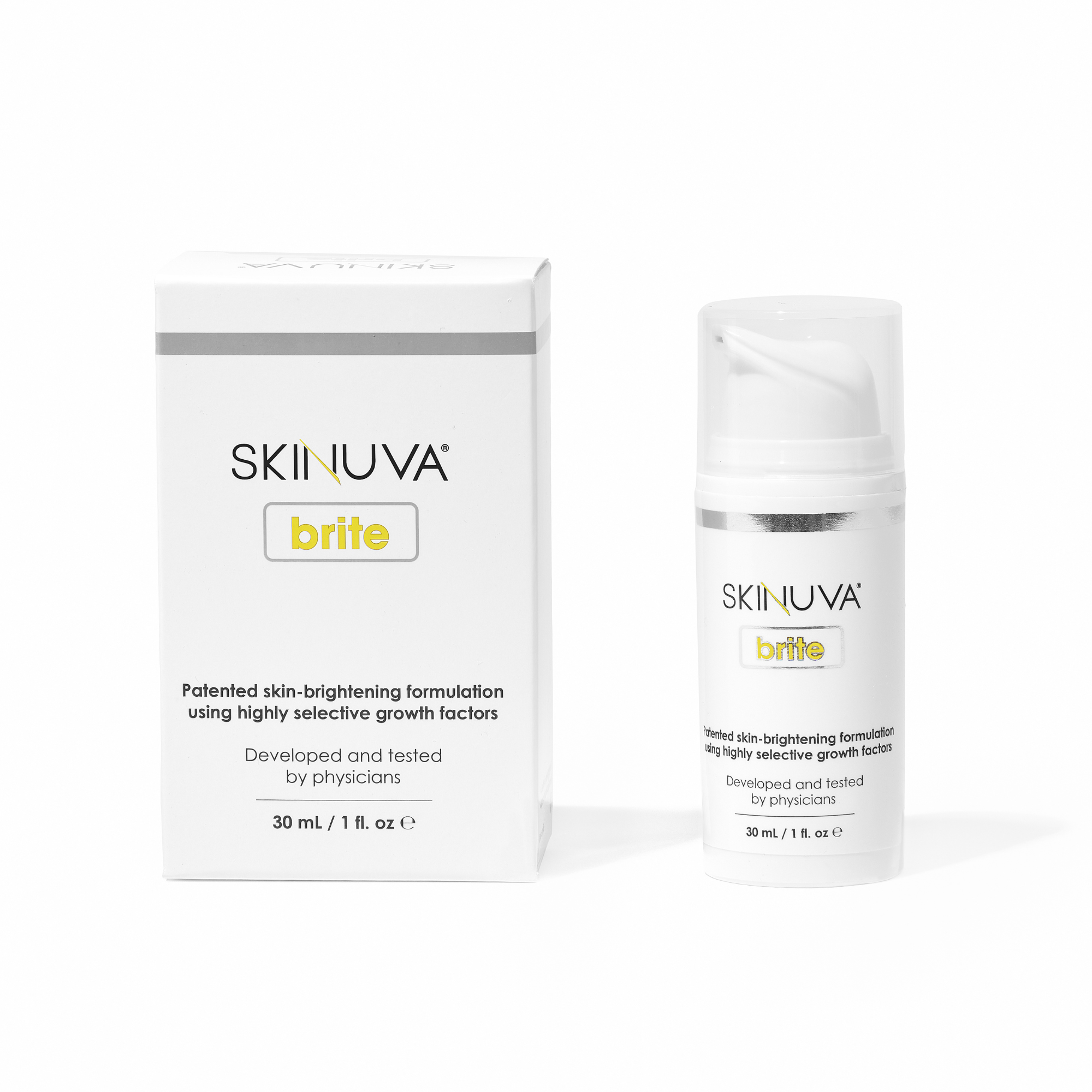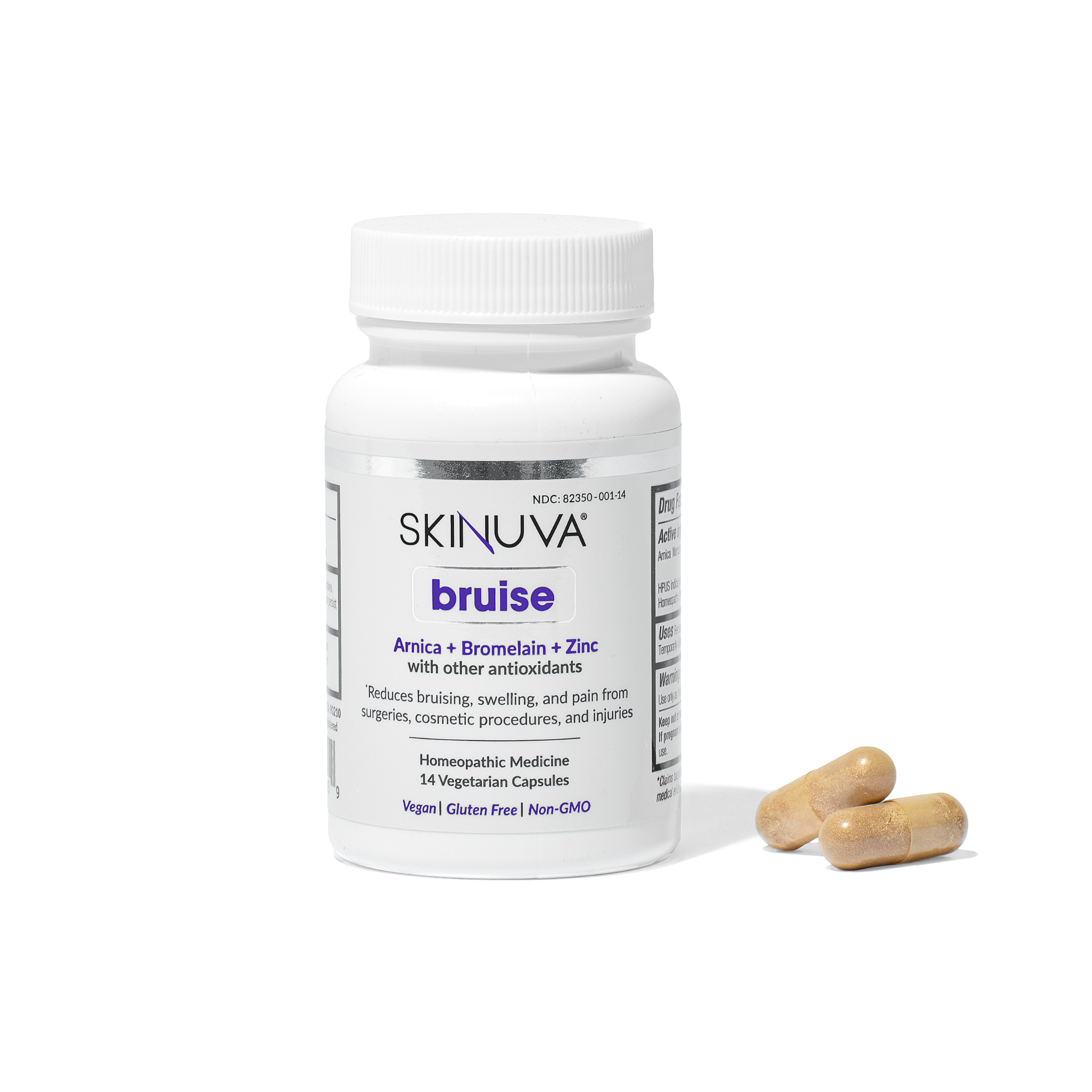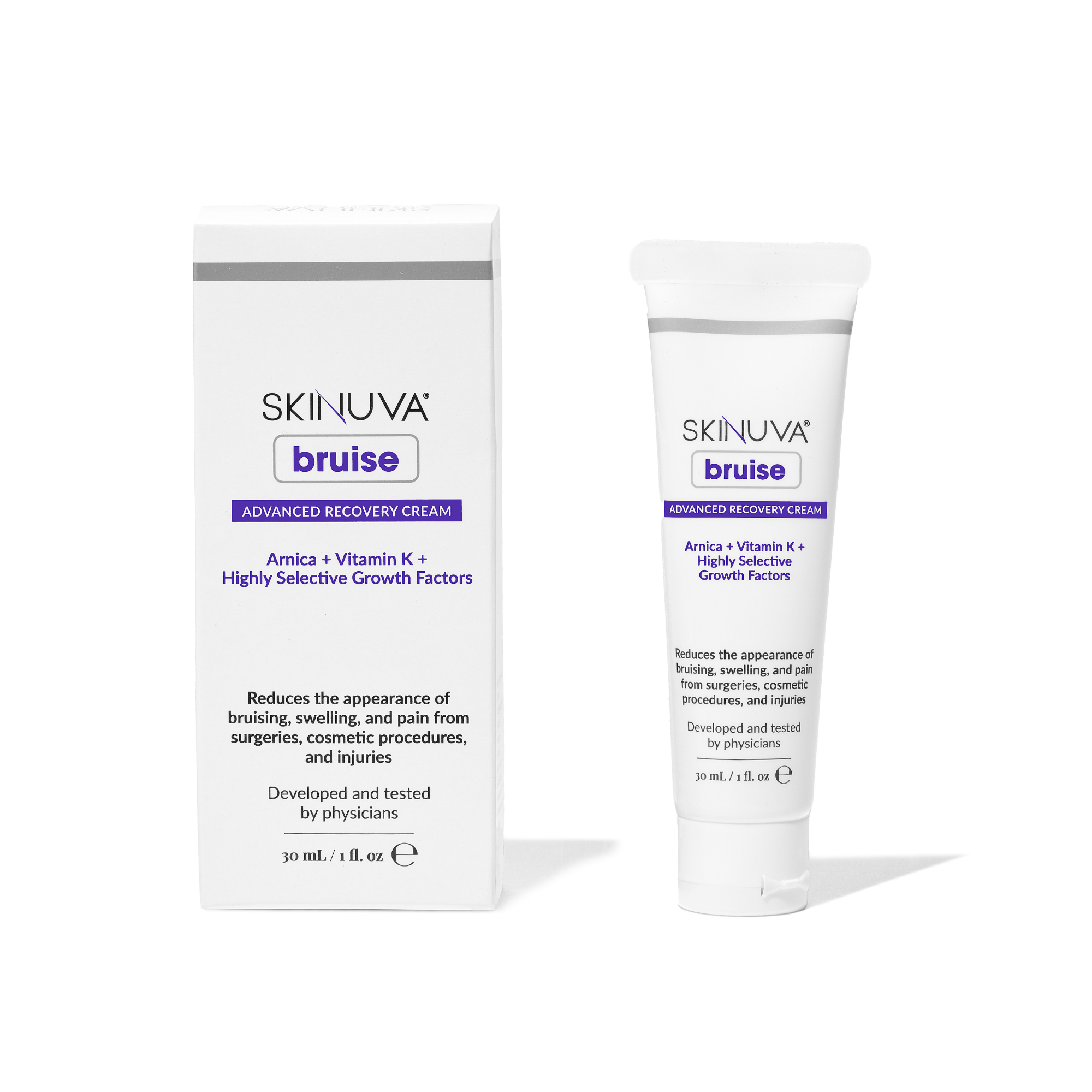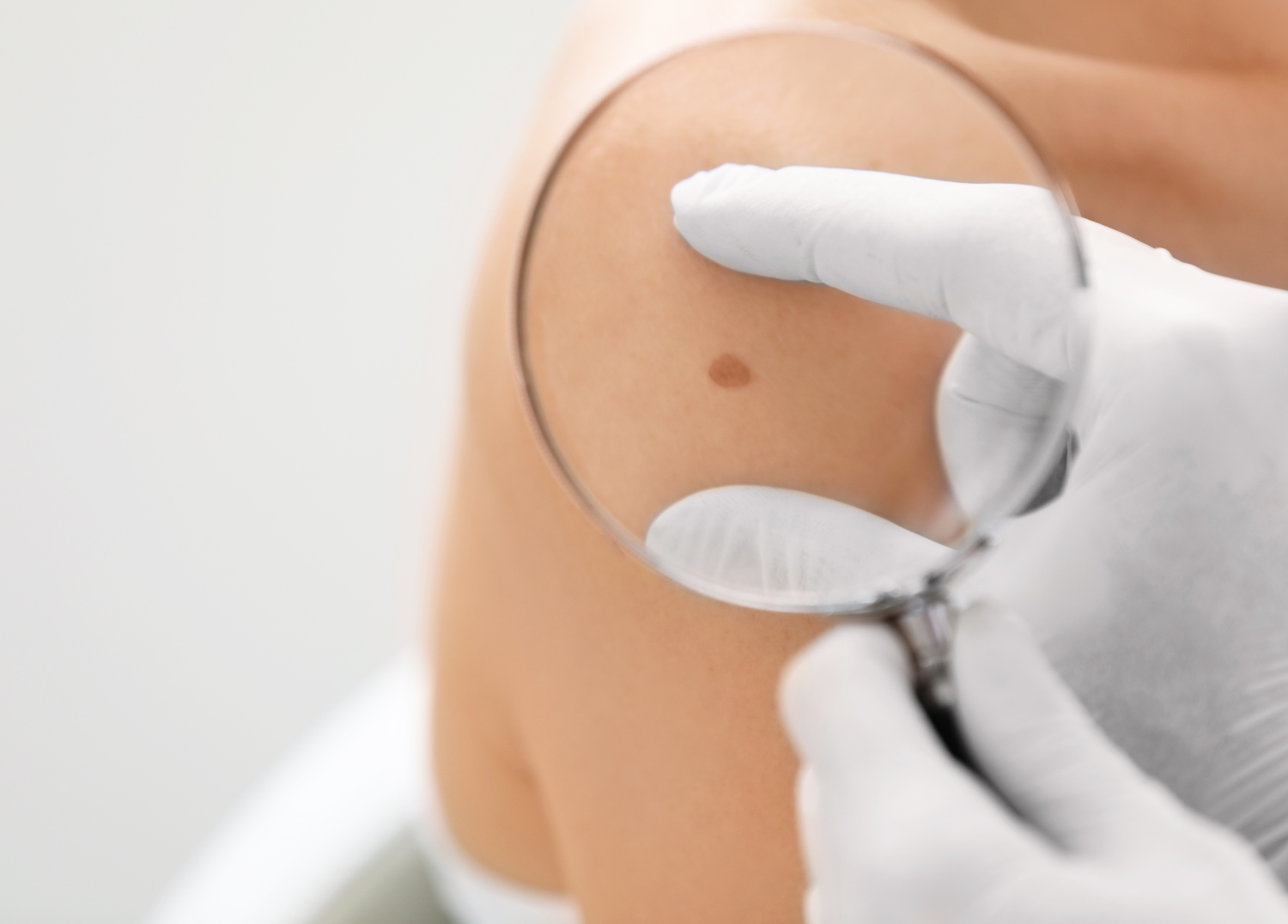The Power of Brightening Ingredients in Skincare Products for Hyperpigmentation

The journey to bright and even-toned skin can be a long and difficult one, but understanding the science behind key brightening ingredients found in effective skincare formulations can help make the process easier. From Vitamin C to Niacinamide, Arbutin, and more, these ingredients work to combat hyperpigmentation, inhibit melanin production, promote cell turnover, and fade existing dark spots.
In this blog post we will dive deeper into the transformative effects of these brightening ingredients that are commonly found in many skincare products on the market.
Common Ingredients Found in Today's Skincare
Vitamin C: Vitamin C, also known as ascorbic acid, is a staple in brightening creams. Renowned for its antioxidant properties, Vitamin C effectively targets hyperpigmentation by inhibiting melanin production, and therefore preventing the formation of dark spots. Additionally, this Vitamin C brightens the complexion by promoting collagen synthesis, which helps to improve skin texture and reduce the appearance of fine lines and wrinkles.
Niacinamide: A form of vitamin B3, Niacinamide has a myriad of benefits for the skin, including its ability to combat hyperpigmentation. By regulating melanin production, Niacinamide helps to fade existing dark spots and prevent the formation of new ones. This ingredient also helps strengthen the skin barrier, reduce inflammation, and improve skin texture, leaving the complexion smooth, even-toned, and radiant.
Arbutin: Arbutin is derived from the bearberry plant and is a natural alternative to traditional skin-lightening agents. Arbutin inhibits the activity of tyrosinase, the enzyme responsible for melanin synthesis, and as a result helps diminish the appearance of dark spots. Arbutin offers a gentler approach to brightening, making it suitable for those with sensitive skin.
Licorice Extract: Known for its soothing properties, licorice extract is a potent brightening ingredient in skincare formulations. Rich in antioxidants and anti-inflammatory compounds, licorice extract helps to diminish hyperpigmentation by inhibiting melanin production and reducing skin inflammation. Additionally, this botanical powerhouse contains glabridin, a natural skin-lightening agent that helps to fade dark spots and promote a more even skin tone.
Alpha Hydroxy Acids (AHAs): Alpha hydroxy acids, including glycolic acid and lactic acid, play a pivotal role in promoting cell turnover and revealing brighter, more youthful-looking skin. By gently exfoliating the skin's surface, AHAs help to remove dead skin cells, unclog pores, and fade pigmentation, including dark spots and sun damage. Moreover, AHAs stimulate collagen production, resulting in improved skin texture, diminished fine lines and wrinkles, and a more radiant complexion.
Using Skinuva Brite to Help Improve Your Hyperpigmentation
When it comes to choosing a gentle, safe, and effective topical brightening cream to help reduce persistent dark spots, look no further than Skinuva Brite.
Not only does Skinuva Brite contain some of the great ingredients listed above (Vitamin C, Niacinamide, and Arbutin), but it also includes other clinically proven ingredients that also help brighten and even skin tone. Synthetic Growth Factors, the hero ingredient in Skinuva Brite, have been clinically shown to help reduce hyperpigmentation. Tranexamic Acid is another ingredient in Skinuva Brite that is heavily backed by data and helps minimize the appearance and recurrence of discoloration and stubborn brown patches with continued use.
Incorporating brightening ingredients into your skincare routine can help transform your complexion, resulting in a radiant and even-toned glow. Whether targeting dark spots, sun damage, or post-inflammatory hyperpigmentation, these ingredients work together to help promote a luminous glow.
This blog is for educational purposes only and based on opinions and publications in public domain.

